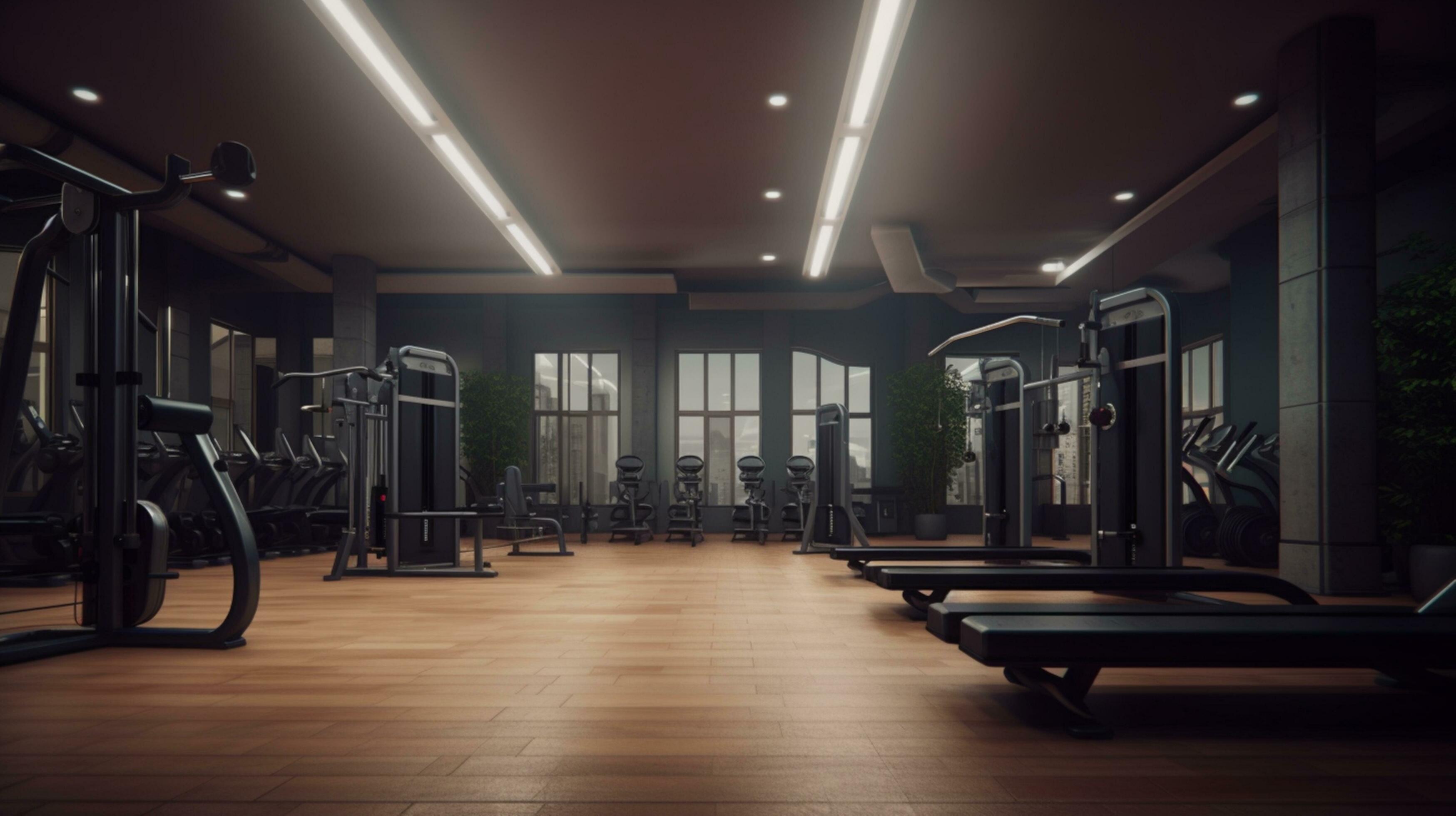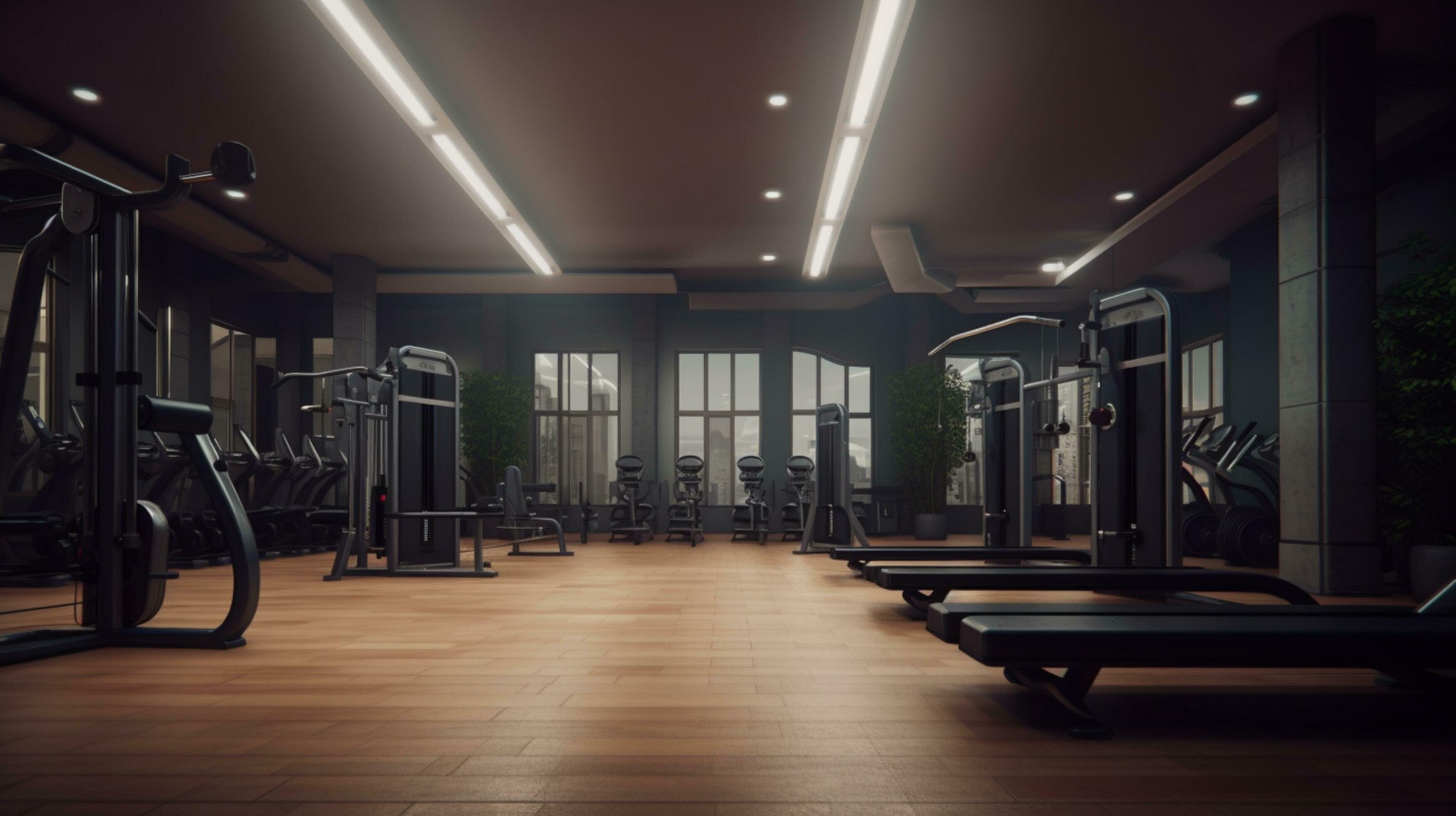-


Hooga Laser Light Therapy Helmet
Regular price $499.00Sale price $499.00 Regular price -


Hooga Red Light Therapy - HG Series
Regular price From $129.00Sale price From $129.00 Regular price -


Hooga Red Light Therapy - PRO Series
Regular price From $289.00Sale price From $289.00 Regular price -


Hooga Red Light Therapy - ULTRA Series
Regular price From $399.00Sale price From $399.00 Regular price -


Hooga Red Light Therapy Pod
Regular price $1,399.00Sale price $1,399.00 Regular price -


Hooga SaunaPRO Red Light Therapy Panel
Regular price $999.00Sale price $999.00 Regular price -
-$200.00


Kineon MOVE+ Pro Red Light Therapy Device for Joint Pain Relief, Inflammation Reduction & Healing
Regular price $499.00Sale price $499.00 Regular price$699.00You Saved $200.00 -
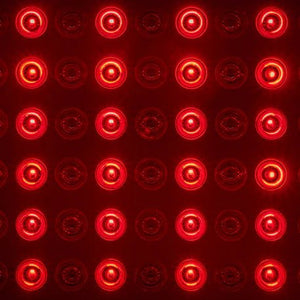
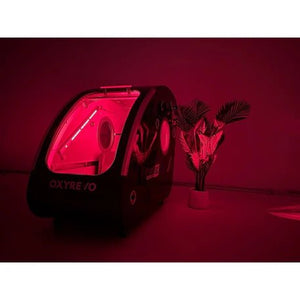
OxyRevo Red Light Therapy Add-On (Hard)
Regular price $1,500.00Sale price $1,500.00 Regular price -
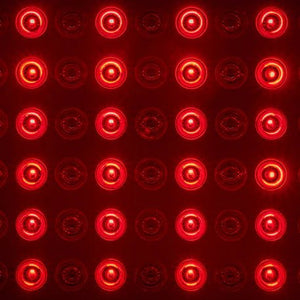
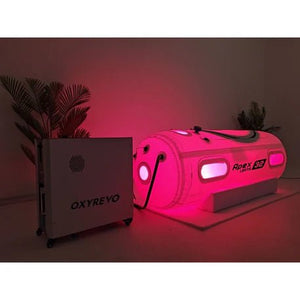
OxyRevo Red Light Therapy Add-On (Soft)
Regular price $1,000.00Sale price $1,000.00 Regular price
Red Light Therapy — Panels, Pods & Full Body Systems
Harness the healing power of red and near-infrared light wavelengths with premium photobiomodulation devices from Hooga and leading manufacturers. From targeted panels to full-body therapy pods, choose clinical-grade systems delivering scientifically-validated benefits for recovery, skin health, pain relief, and cellular optimization.

Frequently Asked Questions
What is red light therapy used for?
How much does red light therapy cost?
Is red light therapy scientifically proven?
What wavelengths should I use?
How often should I use red light therapy?
Are there side effects of red light therapy?
What's the difference between red light therapy panels?
Can I use red light therapy every day?
How long until I see results from red light therapy?
What size red light therapy panel do I need?
Can red light therapy help with pain?
Does red light therapy work for anti-aging?
Featured Red Light Therapy Products




Red Light Therapy Buying Guide
Identify Treatment Goals
- Athletic Recovery: Target panels for post-workout muscle recovery, injury healing, and inflammation reduction accelerating training adaptation.
- Skin Health & Anti-Aging: Facial and body panels stimulating collagen production, reducing wrinkles, and improving skin tone through cellular regeneration.
- Pain Management: Near-infrared wavelengths for deep tissue penetration addressing chronic joint pain, arthritis, and muscle soreness without medications.
Check Power & Wavelengths
- Irradiance Levels: Quality panels deliver 100+ mW/cm² at 6 inches. Lower power requires excessive treatment times or produces insufficient therapeutic effects.
- Dual Wavelengths: Combination 660nm (red) + 850nm (near-infrared) maximizes both superficial and deep tissue benefits in single sessions.
- Verified Specifications: Choose brands providing independent testing confirming wavelength accuracy and power output—avoid unverified marketing claims.
Size & Budget Considerations
- Treatment Coverage: Small panels ($200-$500) for targeted areas. Medium panels ($600-$1,200) for torso coverage. Large systems ($1,500-$3,000+) for full-body treatment.
- Usage Frequency: Daily users benefit from larger panels reducing session complexity. Occasional users may prefer smaller affordable units targeting specific needs.
- Long-term Value: Home ownership versus clinic sessions. Quality panel pays for itself after 10-30 treatments compared to $50-$150 per clinic visit.
Key Benefits of Red Light Therapy
Accelerated Recovery
Red light therapy dramatically speeds muscle recovery, injury healing, and post-surgical rehabilitation through enhanced cellular energy production. Athletes reduce soreness, return to training faster, and maintain performance consistency. Mitochondrial stimulation increases ATP availability supporting intensive tissue repair processes impossible at normal cellular energy levels.
Skin Rejuvenation
Photobiomodulation stimulates fibroblasts producing collagen and elastin improving skin firmness, reducing wrinkles, and enhancing overall appearance. Clinical studies demonstrate measurable improvements in fine lines, skin texture, and tone after consistent treatment. Natural cellular processes reverse visible aging signs without invasive procedures or expensive cosmetic treatments.
Natural Pain Relief
Near-infrared wavelengths penetrate deep tissues providing clinically-proven pain reduction for arthritis, joint conditions, and muscle soreness. Anti-inflammatory effects and enhanced circulation address pain root causes rather than masking symptoms. Studies show effectiveness matching pharmaceutical interventions without side effects or dependency concerns.
Cellular Optimization
Red light energizes mitochondria throughout body improving overall cellular function, metabolism, and systemic health. Benefits extend beyond targeted treatment areas—enhanced energy production supports immune function, cognitive performance, and longevity. Thousands of studies validate photobiomodulation effects on fundamental cellular processes driving health and wellness.
Compare Red Light Therapy Options
| Product Type | Wavelengths | Best For | Coverage Area | Price Range | Shop |
|---|---|---|---|---|---|
| Hooga HG Series | 660nm + 850nm | Entry-level home use, targeted treatment | Small to medium panels | $399-$699 | View Details |
| Hooga PRO Series | 660nm + 850nm | Serious home users, athletic recovery | Medium to large panels | $799-$1,499 | View Details |
| Hooga ULTRA Series | 660nm + 850nm | Maximum power, full-body coverage | Extra-large panels | $1,199-$2,499 | View Details |
| Hooga Therapy Pod | 660nm + 850nm | Professional facilities, serious users | Complete full-body immersion | $19,995+ | View Details |
| Kineon MOVE+ Pro | Red + NIR | Joint pain, portable treatment | Targeted wearable design | $599 | View Details |
| Hooga SaunaPRO | 660nm + 850nm | Sauna integration, heat therapy | Sauna-compatible panel | $899 | View Details |
Delivery & Setup
Most red light therapy panels ship within 1-3 business days arriving in 5-7 days via standard ground service. Smaller devices ship quickly enabling immediate therapy start. Larger panels and pods may require freight shipping with extended timelines. Free shipping typically included on quality devices.
Panels include hanging kits, stands, or floor options requiring minimal assembly. Most setups complete in 10-20 minutes without special tools. Pods require professional installation including electrical connections. Test panels immediately verifying power output and wavelength functionality before first therapeutic session.
Standard household 110V outlets power most panels—no special electrical work required. Large panels or pods may need dedicated circuits. Verify outlet capacity matches panel draw preventing breaker trips. Consider panel placement near outlets avoiding extension cords reducing power delivery efficiency.
Allow 6-12 inches between panel and treatment area for optimal irradiance. Panels work in any room with adequate space for comfortable positioning—bedrooms, home gyms, or dedicated therapy rooms. Pods require 6x8 feet floor space with 7-foot ceilings. Consider proximity to treatment routine—convenient access encourages consistent use.
Care, Warranty & Shipping
Red light therapy devices require minimal maintenance providing years of reliable service when properly cared for and operated. Wipe panel surfaces monthly with slightly damp microfiber cloth removing dust accumulation that reduces light transmission. Avoid harsh chemicals or abrasive cleaners damaging protective coatings on LED arrays. Inspect power cords and connections quarterly checking for damage or wear requiring replacement. Ensure adequate ventilation around panels—built-in cooling fans need unobstructed airflow preventing overheating and extending LED lifespan. Never cover operating panels or block ventilation openings. LEDs gradually lose intensity over thousands of hours—quality panels maintain therapeutic effectiveness for 50,000+ hours (10-15 years of daily use). Store panels in climate-controlled environments when not regularly used—extreme temperatures and humidity shorten electronics lifespan. Keep devices away from water—red light panels are not waterproof despite therapeutic use in bathrooms or near saunas. Most quality panels include 2-5 year warranties covering LED failures and electronic defects. Hooga offers extended coverage demonstrating confidence in product durability. Warranties typically exclude damage from misuse, unauthorized modifications, or environmental factors. LED replacements usually not needed during normal product lifespan. Portable devices like Kineon wearables include battery care instructions—proper charging extends battery life and maintains consistent power output. Most panels ship quickly within 1-3 days arriving ready for immediate use. Larger systems or pods require freight shipping and professional setup. Free shipping commonly included on premium devices. See product pages for specific warranty terms, care guidelines, and shipping details ensuring maximum device longevity and therapeutic value. Expert support available addressing technical questions and optimizing treatment protocols for best outcomes.
